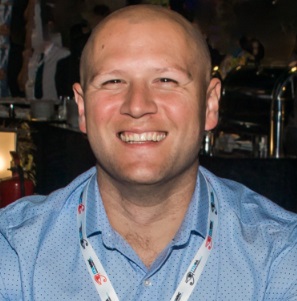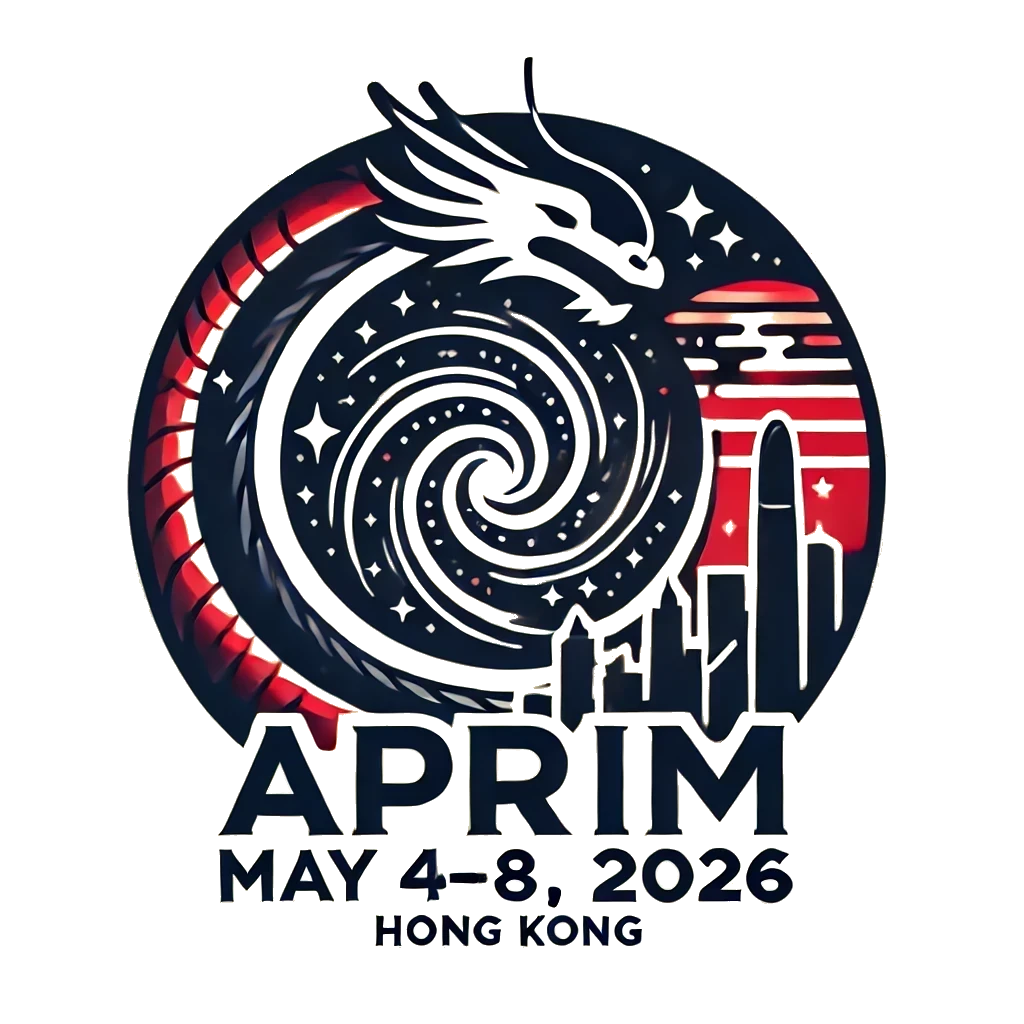Astronomy Education, Public Outreach and Communication

Director of International Schools for Young Astronomers, IAU
Distinguished Researcher at CAB CSIC-INTA, Spain
Her research focuses on starbursts in high redshift galaxies and Active Galactic Nuclei. She is on leave from INAOE, Mexico, to lead the Milgatz project at CAB, Spain.
Mexico
Title of the talk: Training graduate students from the developing world
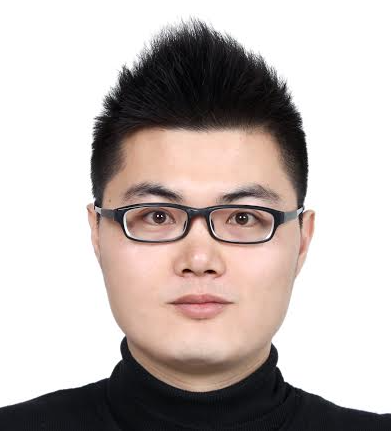
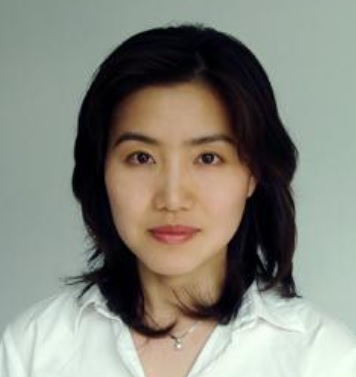

Galaxies, AGN and the High Redshift Universe
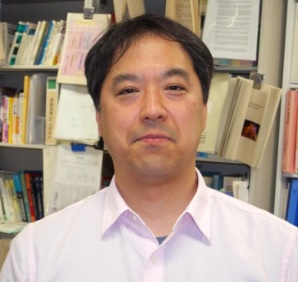
Professor at The Institute of Astronomy, The University of Tokyo, Radio astronomy Group
Japan
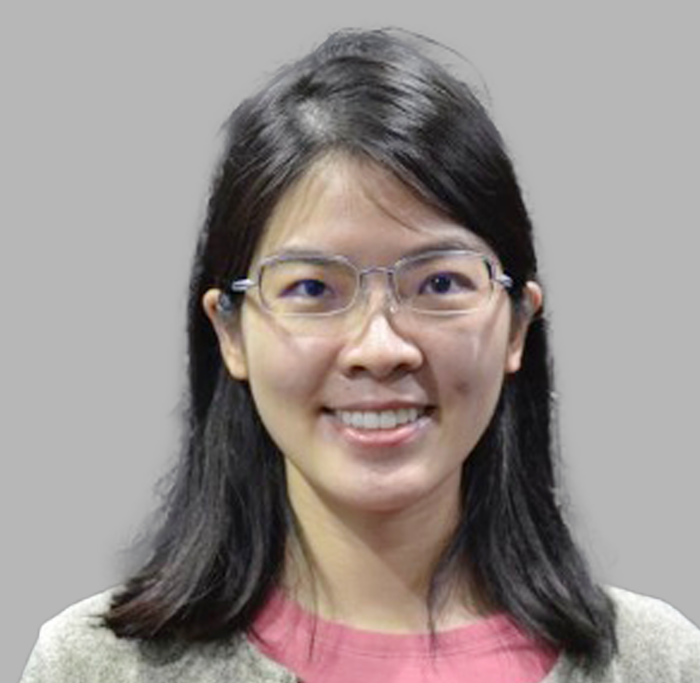
National Astronomical Research Institute of Thailand, NARIT. She participated in the Grism Lens-Amplified Survey from Space (GLASS) project
Thailand
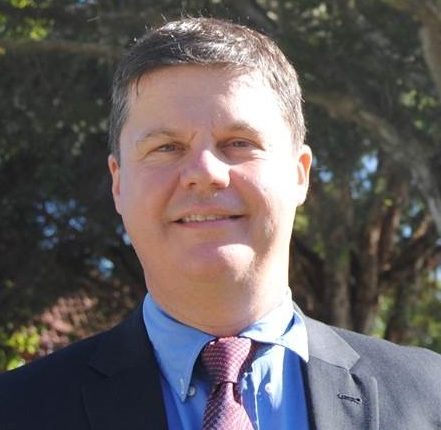
Distinguished Professor at Swinburne University of Technology, Australian Research Council Laureate Fellow and former Director of the Centre for Astrophysics & Supercomputing.
HKSAR
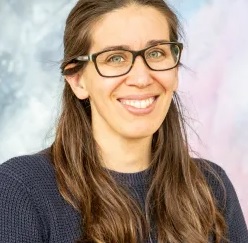
Associate Professor at Australian National University
Formation and evolution of galaxies, galaxy dynamics, galactic archeology, turbulence, interstellar medium, chemical evolution
Australia
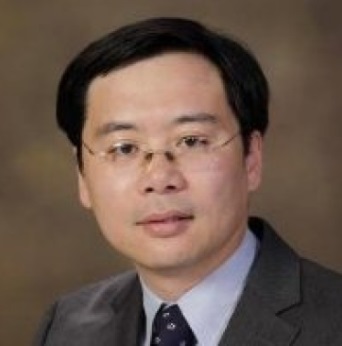
Regents Professor of Astronomy Astronomer, Steward Observatory. Associate Department Head.
University of Arizona
USA
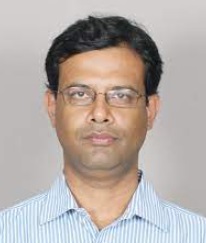
National Centre for Radio Astrophysics – Tata Institute of Fundamental Research
India
High energy Astrophysics
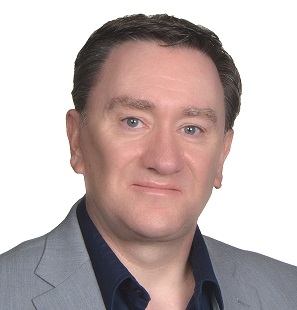
Professor of Astronomy at the Institute for Radio Astronomy and Astrophysics of the National University of Mexico (UNAM) and currently the Robert F. Kennedy visiting professor at the Black Hole Initiative at Harvard University.
Mexico
Title of the talk: EHT Black Hole imaging.

National Astronomical Observatory of the Chinese Academy of Sciences Chief of the High Energy Astrophysics Group Chief Scientist
China
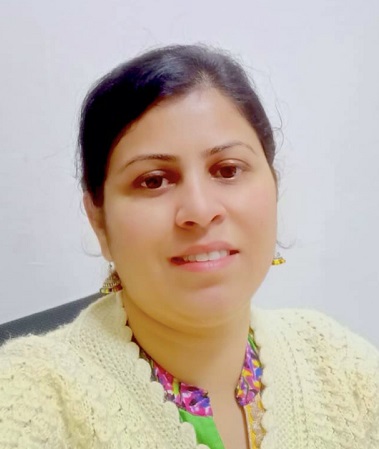
INSPIRE Faculty of Physics. Areas of Expertise: High Energy Astrophysics, X-Ray Astrophysics, X-Ray Binaries: Neutron Stars and Black holes
India
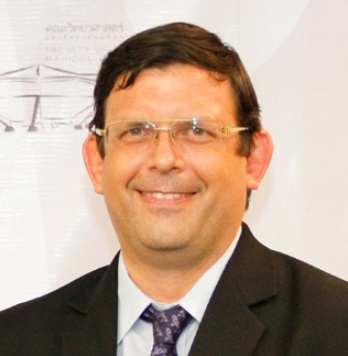
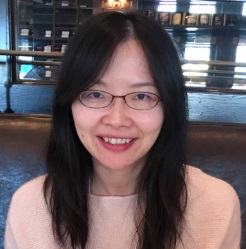
Associate Professor of the Institute of Astronomy
at National Tsing Hua University in Hsinchu
Taiwan

Gravitational Wave Astronomy
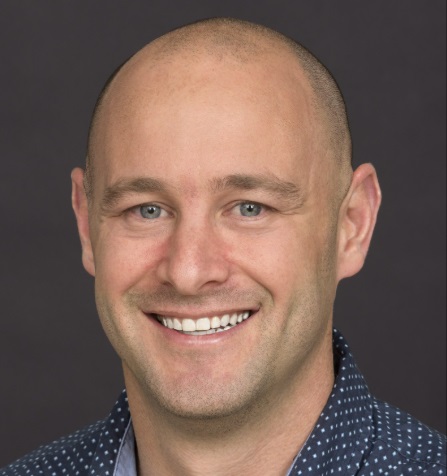
Professor in the School of Physics and Astronomy, and the current Head of the Monash Astrophysics group.
Australia
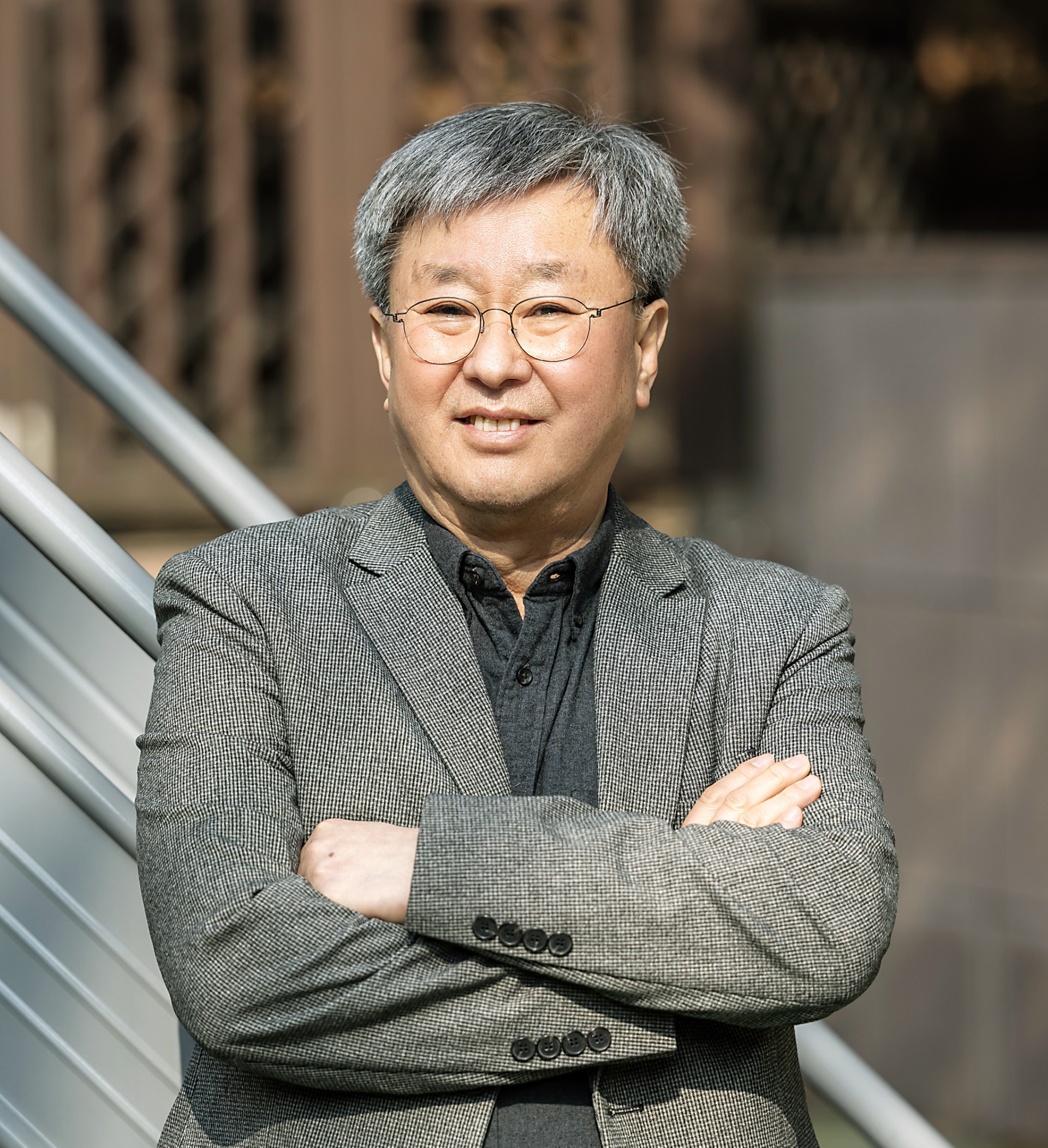
Prof. Emeritus of Seoul National University
South Korea
Title of the talk: Gravitational Waves Cosmology and Astrophysics
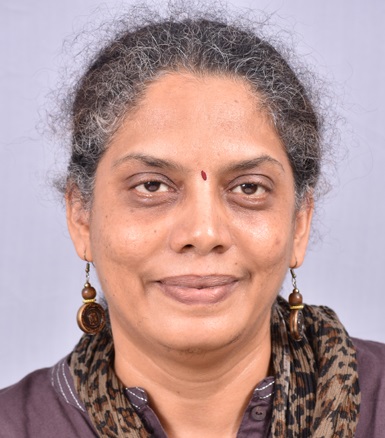
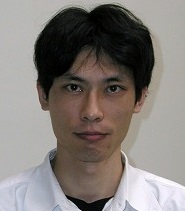
The lifecycle of stars and their planets
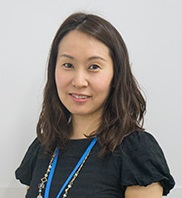
Area of Expertise: Star and planet formation is one of the most fundamental structure-formation processes in the universe.
Japan
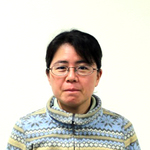
Area of Expertise: Integrated study on the chemical evolution of molecular clouds to protoplanetary disks
Japan
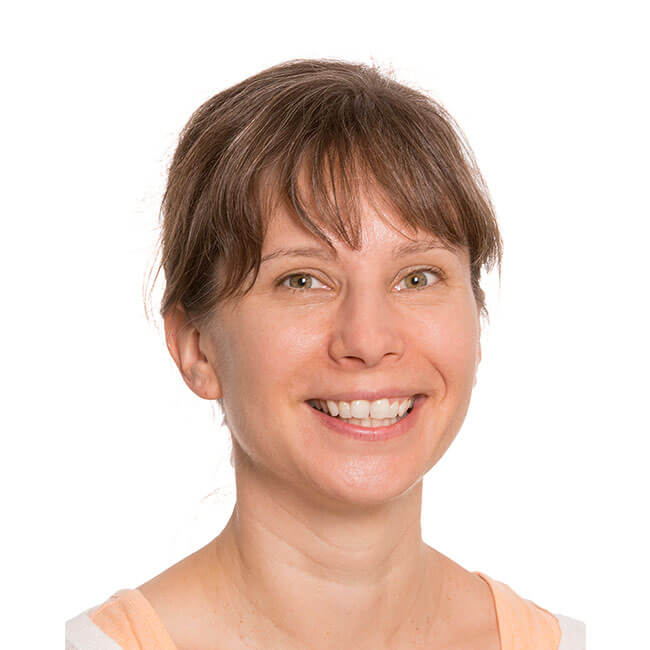
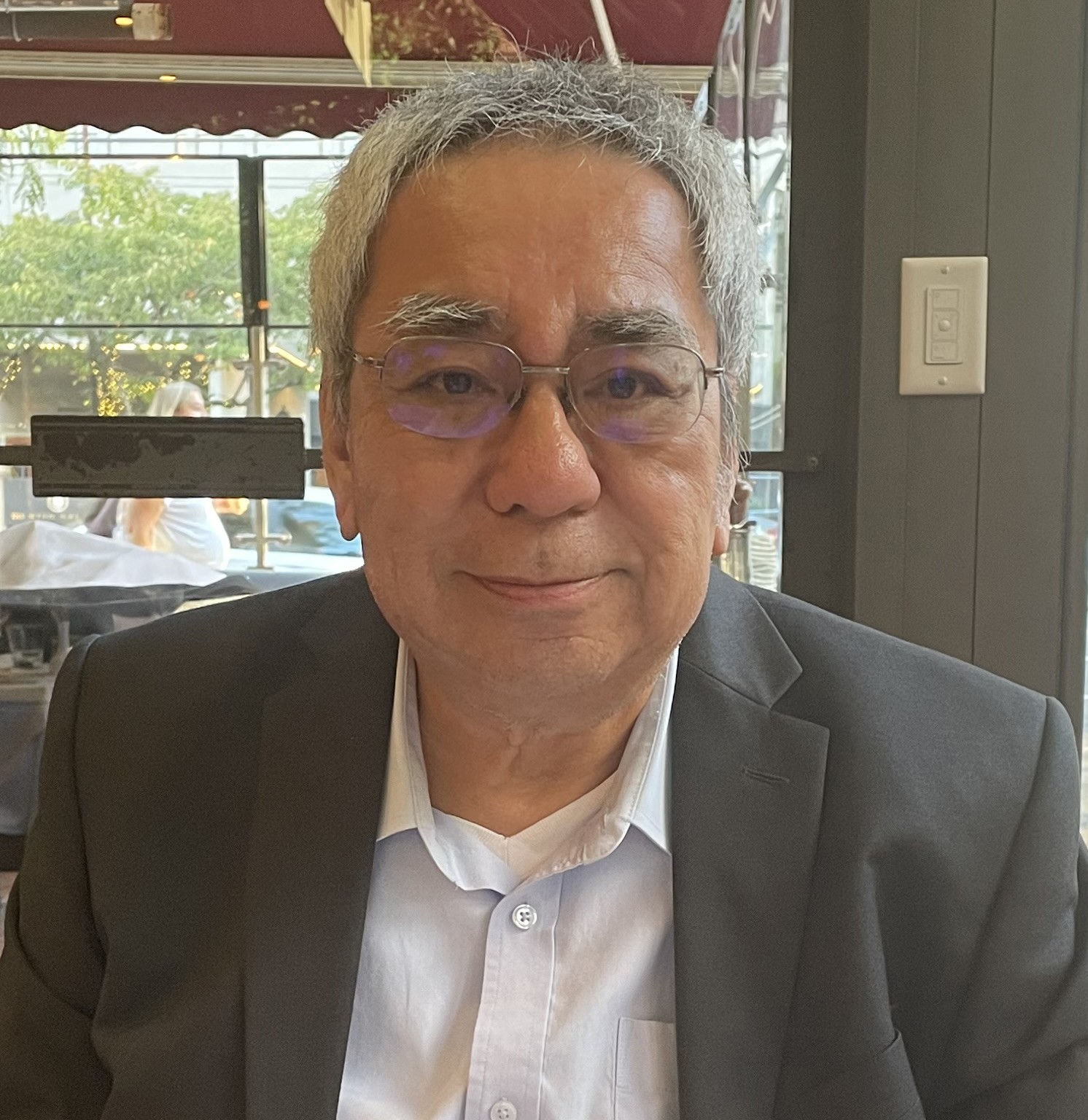
Honorary Professor, UBC Department of Earth, Ocean and Atmospheric Sciences. Dean of Science and Chair Professor of Physics, The University of Hong Kong (2006-2016)
Canada
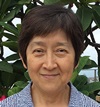
The director of the Institute of Astronomy and Astrophysics, Academia Sinica and the chair of the Department of Astronomy at the University of Illinois at Urbana-Champaign.
Taiwan
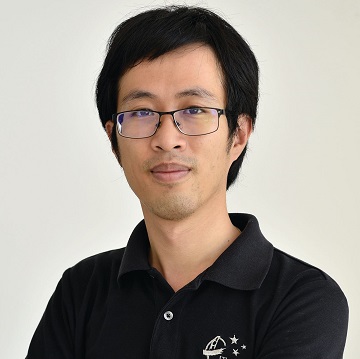
Manager of the Center for Optics and Photonics and Acting Manager of the Center for Atmospheric Science Research, National Astronomical Research Institute of Thailand
Thailand
Title of the talk: Exoplanet Research in Thailand through Global Collaboration
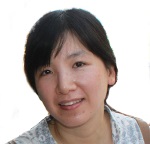
Vice-head of department of Astrophysics, Vietnam National Space Center
Vietnam
Title of the talk: Evolution of stars on the Asymptotic Giant Branch, with particular emphasis on its relation with the evolution of their light curves

Korea Astronomy and Space Science Institute (KASI)
South Korea
Dr. Hyosun Kim
Radio, mm and sub-mm astronomy
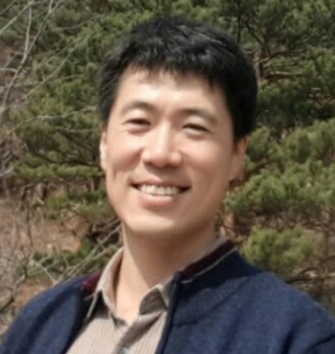
He is working at Korea Astronomy and Space Science Institute specialized in Radio Telescope and Interferometer / Supernova Remnants and Star Formation
South Korea
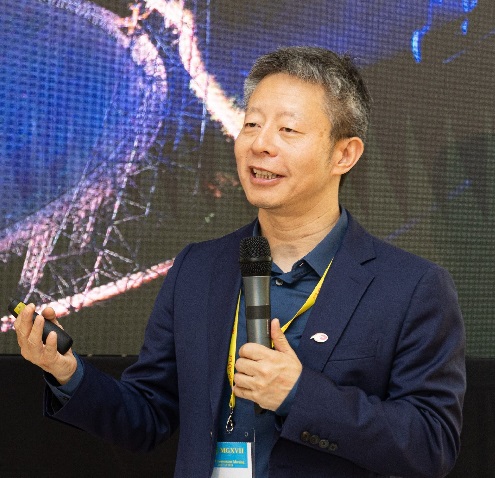
Chair professor of Tsinghua University and the Chief Scientist of the FAST telescope operated by the NAOC. He pioneered several observing and data analysis techniques, including HI narrow self-absorption (HINSA) and a new inversion algorithm for solving the dust temperature distribution.
China
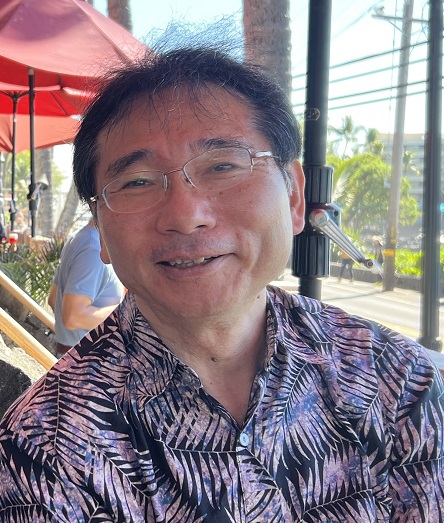
Research Fellow at Academia Sinica Institute of Astronomy & Astrophysics
Area of Expertise: High resolution observations of star and planet
forming regions
Taiwan
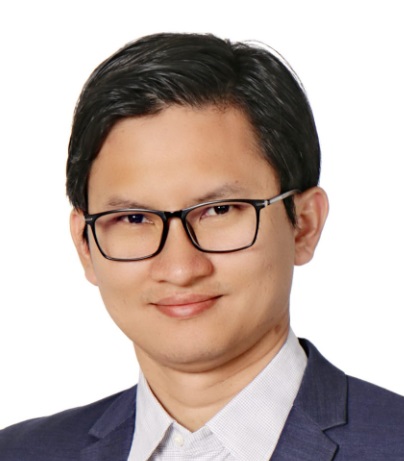
Astronomical Surveys & Time Domain Astronomy

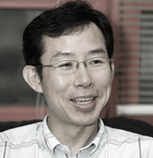
Area of Expertise: cosmic microwave background radiation, large-scale structure of the universe, and galaxies to understand the nature of the universe and the galaxy formation process.
South Korea
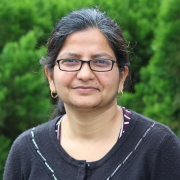
Aryabhatta Research Institute of Observational Sciences. Areas of Interest: High energy cosmic transients such as Gamma Ray Bursts, Supernovae, Electromagnetic counterparts of Gravitational Wave sources and other exotic transients.
India

I am a cosmologist interested in tracking the growth of large-scale structure (LSS) of the cosmos, over the entire Universe history.
Japan/Vietnam
Upcoming Astronomical Facilities
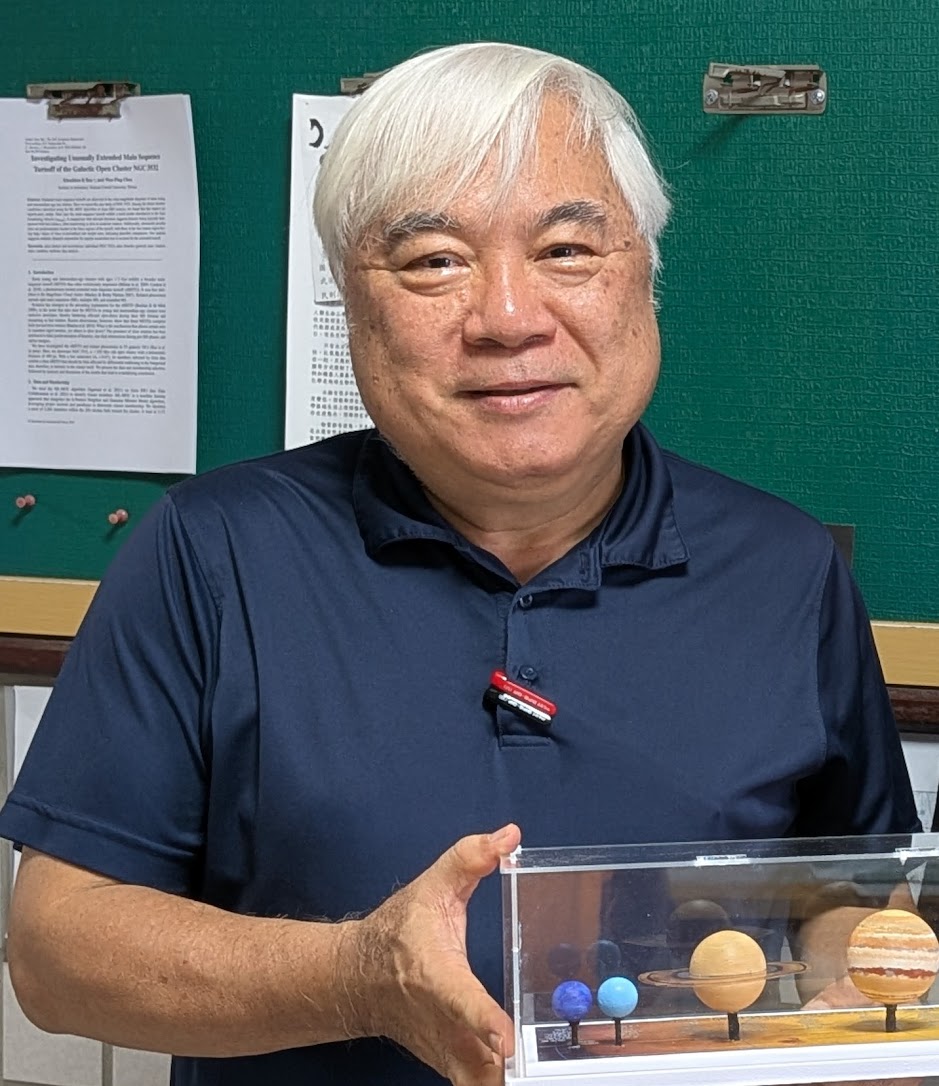
Chair Professor of Astronomy at National Central University
Taiwan
Title of the talk: Bootstrapping Time-Domain Astronomy with the Trans-Pacific 2-m Telescope: Synergy with the LSST
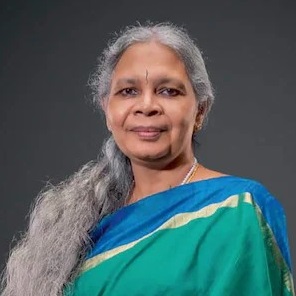
Director of the Indian Institute of Astrophysics, Bangalore. She is the Principal Investigator of the proposed next generation UV-Optical space telescope (INSIST), leveraging on the experience gained from AstroSat and UVIT.
India
Space Sustainability
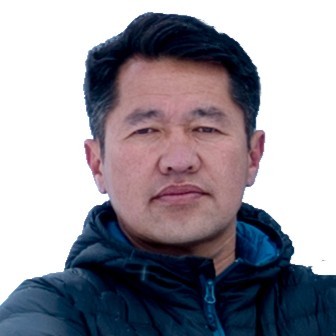
Engineer F & Engineer-in–Charge प्रभारी अभियंता
Honorary Member IAU
Indian Astronomical Observatory भारतीय खगोलीय वेधशाला
Indian Institute of Astrophysics
India
Dorje Angchuk दोर्जे अंगचुक
